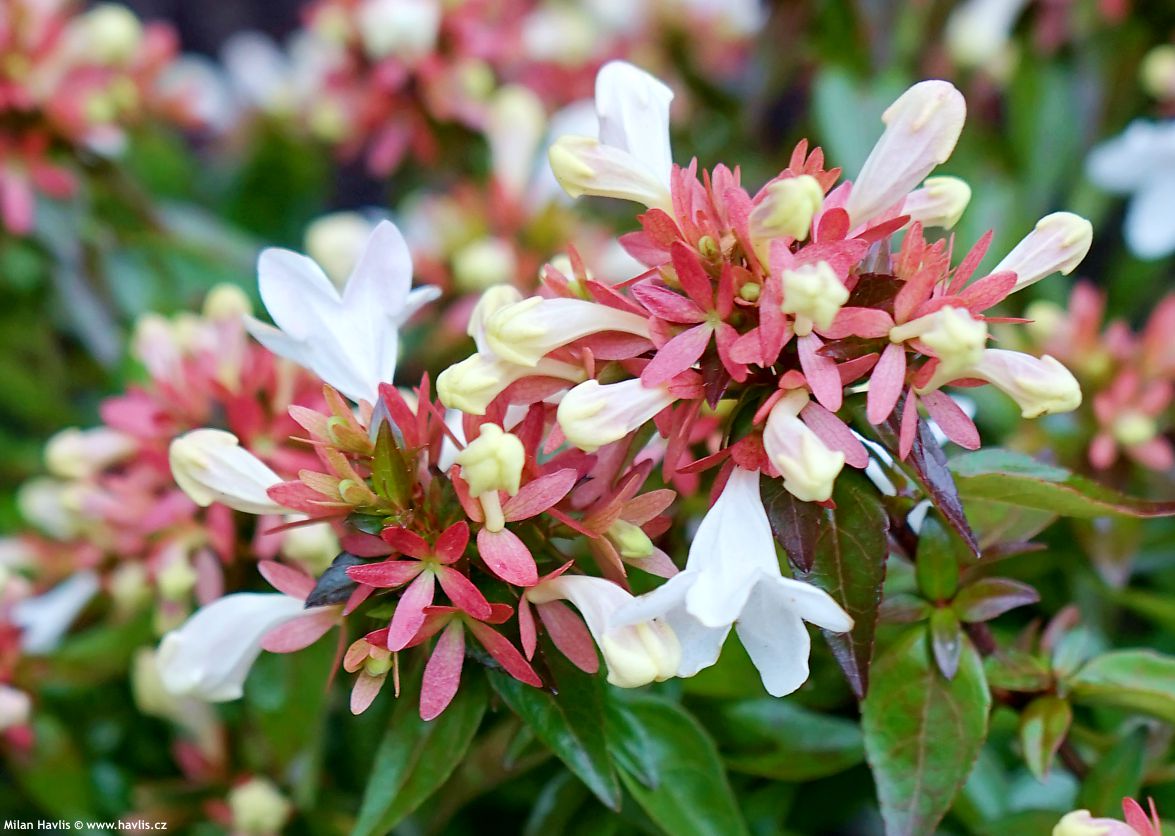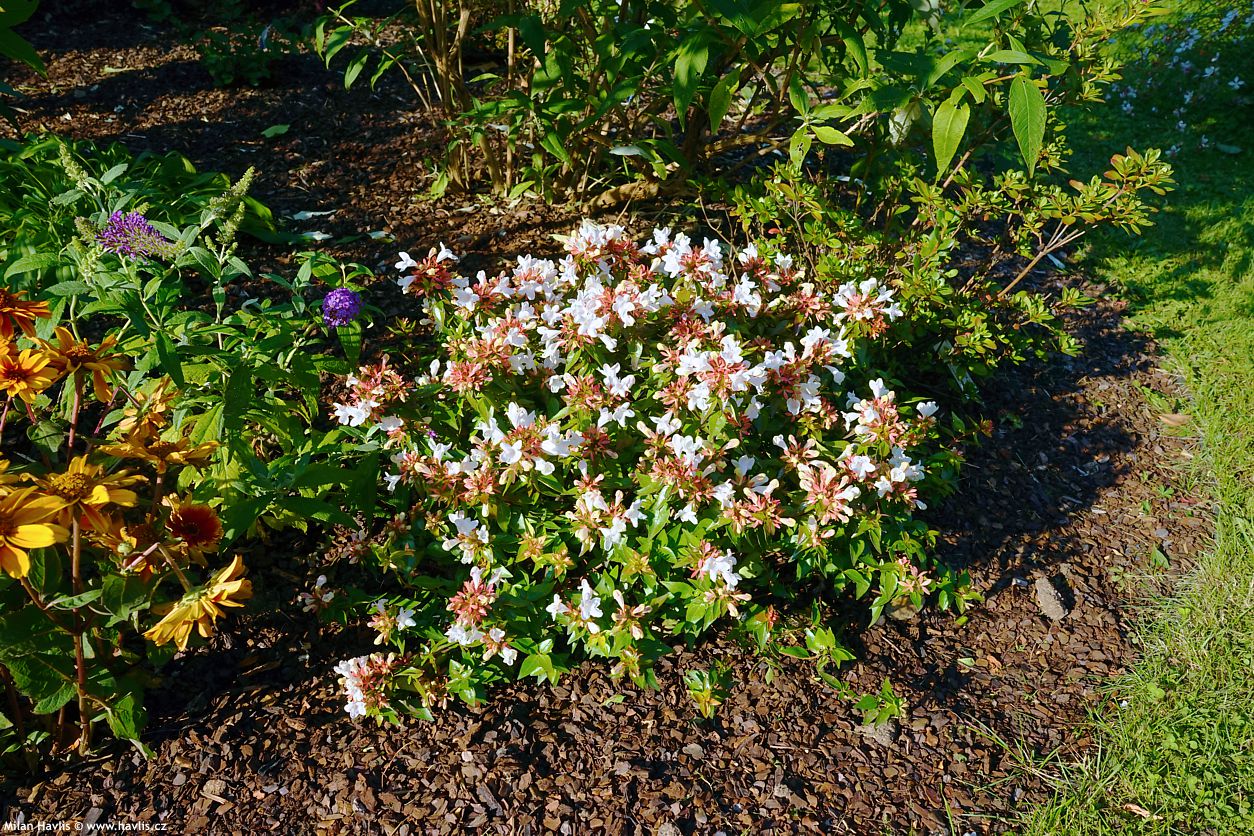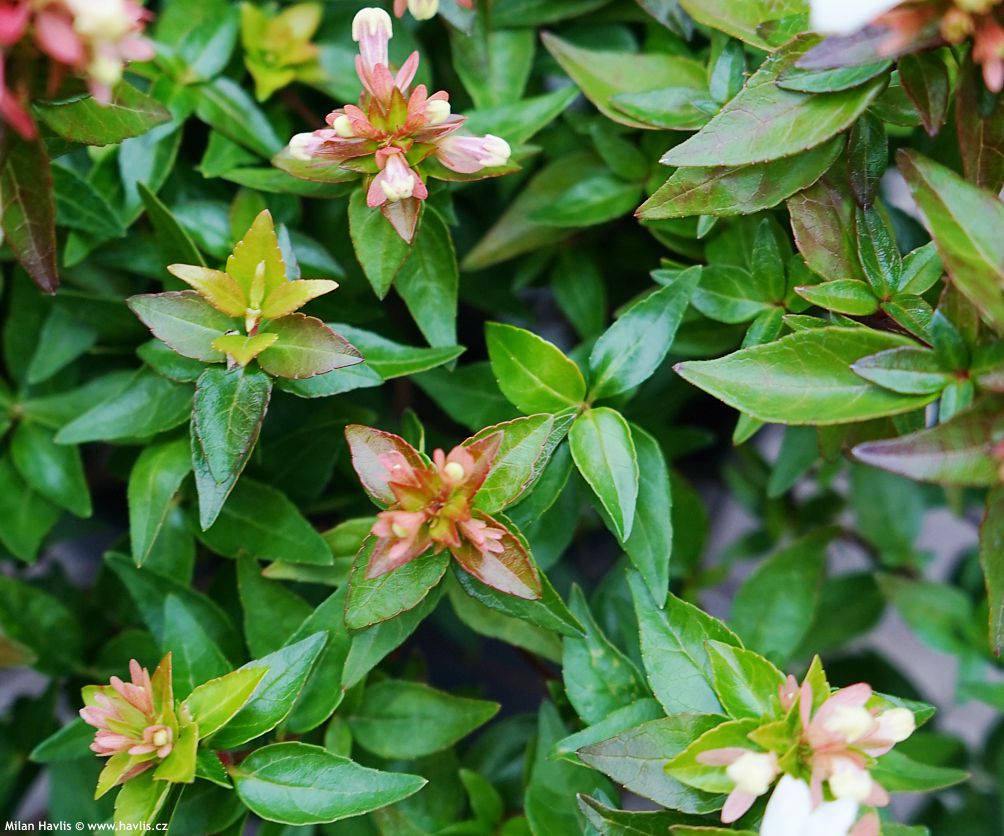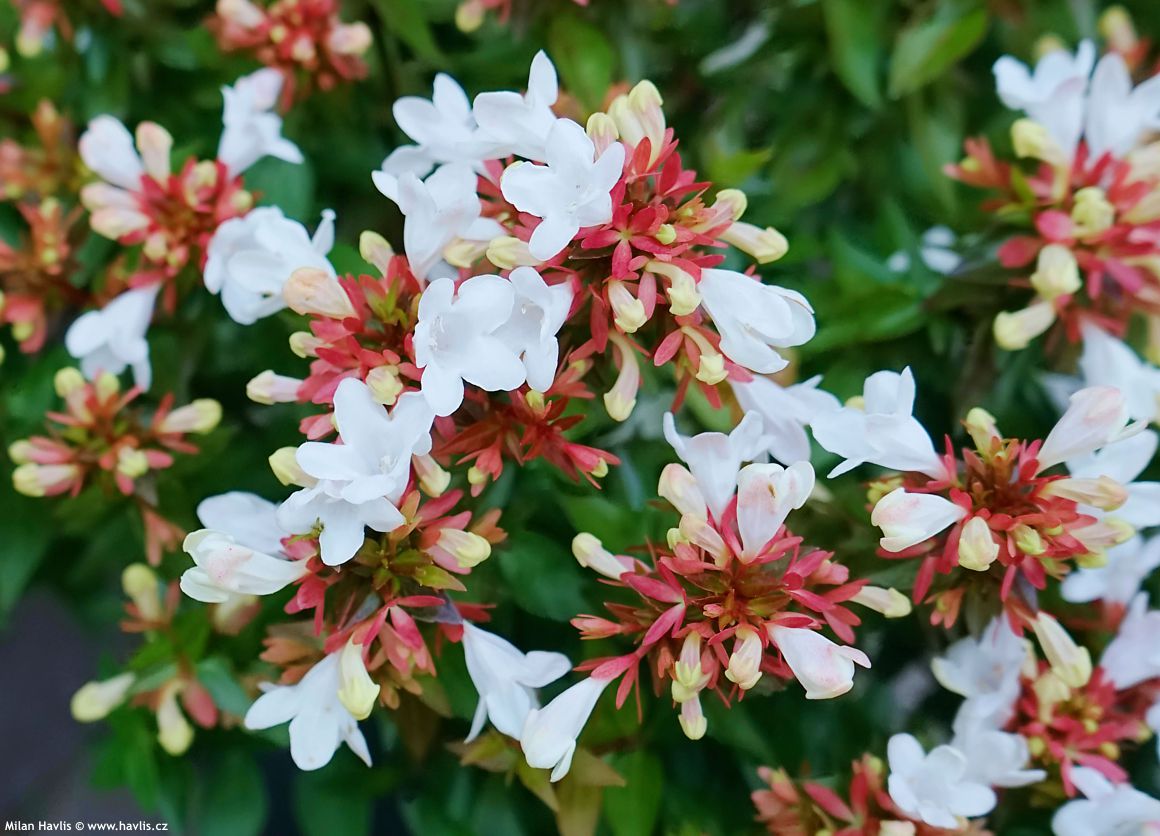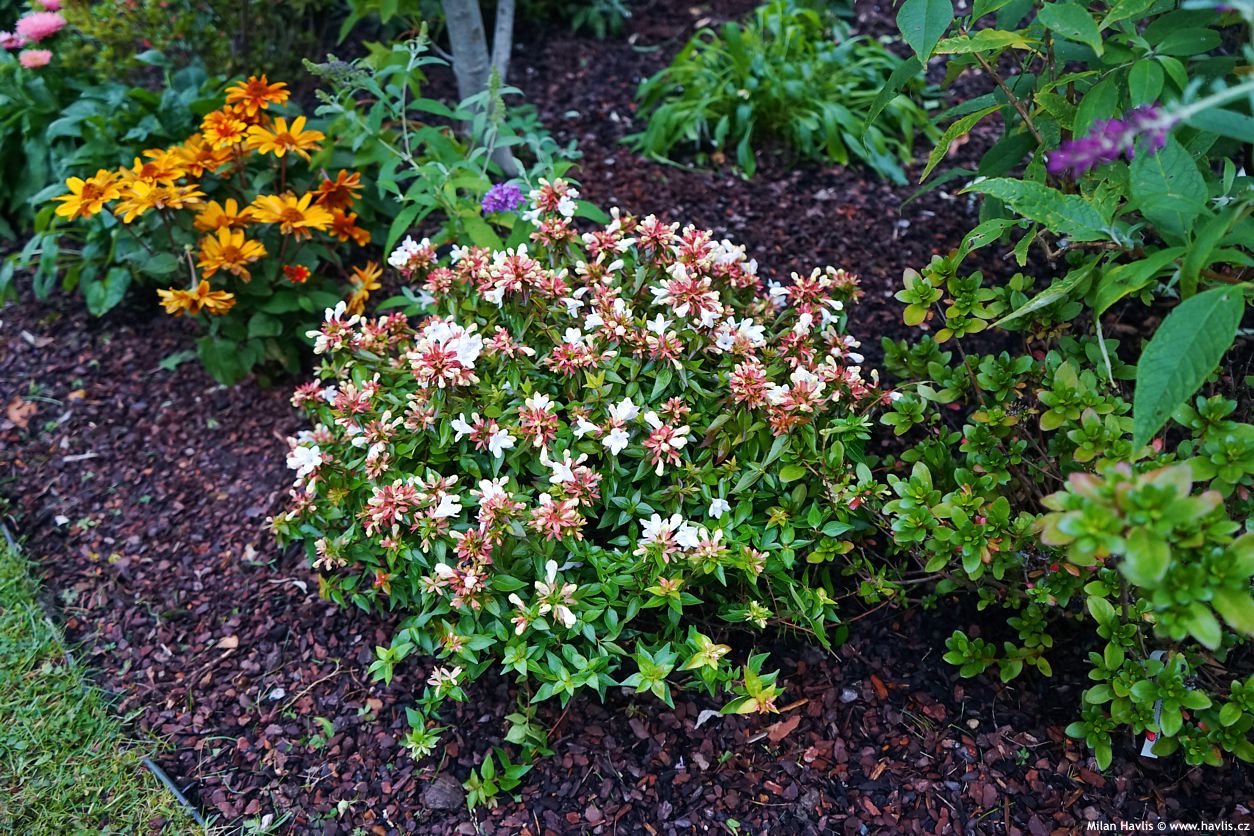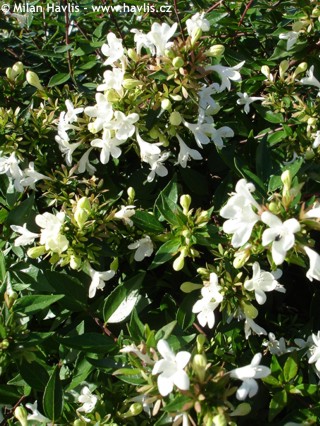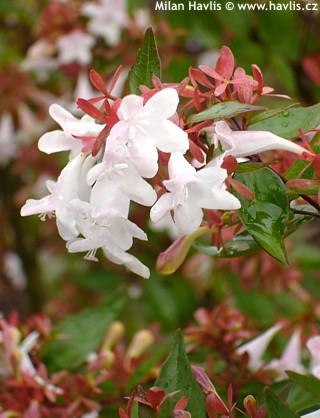Abelia x grandiflora 'LITTLE LADY' glossy abelia
Abelia
Looking for the most spectacular trees and shrubs with showy flowers one might forget the smaller ones, which are no less diligent or beautiful. Abelias are one example. This genus has its origins in East Asia and partly in Mexico, where it grows along sunny forest edges, mountain slopes, and riverbanks. It was botanically described already in 1754 by Johannes Gronovius but received its name in honour of the British physician and naturalist Clarke Abel (1780–1826) much later. In 1816, Abel joined Lord Amherst’s diplomatic mission to China as part of the scientific entourage, collecting numerous plants along the way, including an abelia species previously unknown to Europe. The journey home, however, turned into a drama worthy of an adventure novel. The ship carrying Abel’s collection was first shipwrecked and then attacked by pirates. All living specimens were lost – except for those Abel had prudently left with his friend Sir George Staunton in Canton. Thanks to this foresight, the genus could be described and preserved for science, although abelias did not reach European gardens until several decades later. That second triumph came in 1844, when Scottish plant collector Robert Fortune brought live plants and seeds from China, sparking their breeding and spread across Europe. The most widely cultivated representative of the genus became the garden hybrid Abelia × grandiflora, bred in 1886 at the Rovelli nursery on the shores of Lago Maggiore in Italy by crossing A. chinensis and A. uniflora.
Klemens Keysers belongs to the second generation of growers and breeders from the horticultural family behind the original brand Gartenbau Matthias Keysers in the German town of Kevelaer, near the Dutch border. They are among the largest producers not only of autumn heathers (Calluna vulgaris) and spring heaths (Erica carnea), but also active breeders – most notably of the attractive Garden Girls® series, now famous all around Europe. Thanks to the nursery’s location on naturally acidic, peat‑rich soil typical of the region, they also excel at cultivating other acid‑loving woody plants, such as early‑flowering Japanese skimmias, and even created their own cultivar ‘Mica’. They are also behind the discovery of two abelia varieties, adding summer‑flowering shrubs to their palette: Little Lady and Lady Peach.
Little Lady abelia is an attractive, evergreen to semi‑evergreen, slow‑growing shrub that flowers profusely from mid‑summer until the first frosts. The small, tubular blooms are almost white with a delicate pink blush, pleasantly fragrant, and irresistible to butterflies and other pollinators. Their charm is enhanced by prominent purplish calyces that persist after the petals fall, extending the ornamental effect well into autumn, almost as if the plant bloomed a second time, now in a different colour.
The leaves are small, elliptic to ovate, and highly glossy, giving the shrub a lush appearance even before flowering begins. Over the growing season, their colour shifts from bright green in spring to deeper summer shades, and finally to coppery tones in autumn. Naturally forming a broad, rounded to dome-shaped, the mature plant reaches about 50–100 cm in both height and width. Dense branching creates a rich, continuous canopy without gaps, making it ideal for smaller gardens, front yards, or container planting.
Little Lady originated as a spontaneous mutation of the cultivar ‘Prostrata’, discovered in August 2015 by Klemens Keysers at his nursery in Kevelaer, Germany. Since 2020, it has been protected under U.S. Plant Patent PP31,410. The dense, compact habit of this variety makes it almost universally adaptable – pair it with dwarf conifers for a flowering accent that doesn’t demand much space; combine it in evergreen arrangements with contrasting foliage shapes (such as Prunus laurocerasus ‘Sofia’, reddening leucothoe, or hardy euphorbia); mix it with other fine‑leafed shrubs (choisya, hebe, berberis); or plant it among drought‑tolerant species (caryopteris, vitex, arbutus, ornamental grasses) for a low‑maintenance display.
Abelias love full sun and once established they are notably drought‑tolerant requiring no extra watering even in dry summers. In spring, they can be shaped with a light trim but also tolerate hard rejuvenation pruning into older wood. Older encyclopedias often list them as marginally hardy in our C.E. climate, but long‑term trials have shown they grow and bloom even after severe winters. Only in higher elevations should they be placed in a spot sheltered from harsh, freezing winds. Abelias are completely undemanding regarding soil, coping even with clay subsoils – provided they are not left standing in water during their first year after planting. ‘Little Lady’ is hardy to at least –29 °C without any protection (USDA zone 5).
Last update 07-09-2025









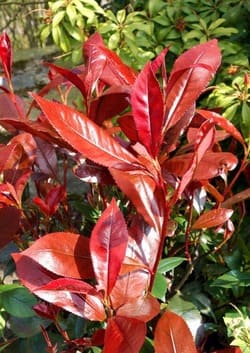
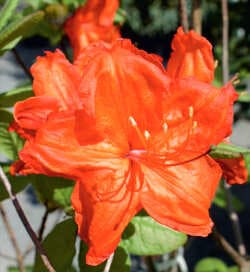

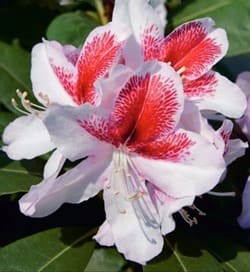


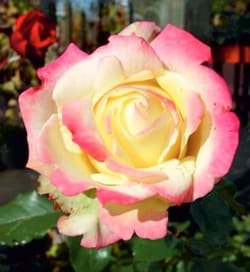
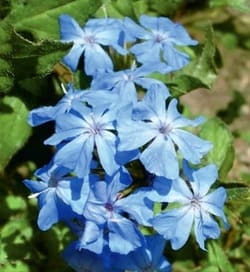
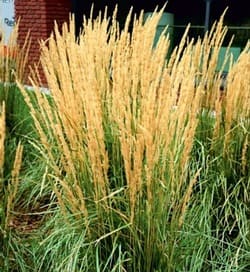
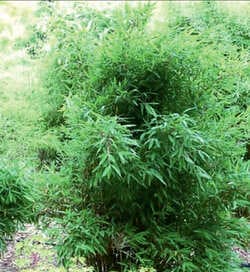

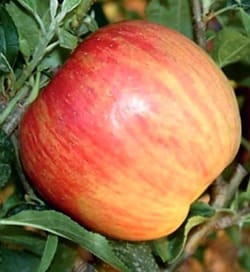
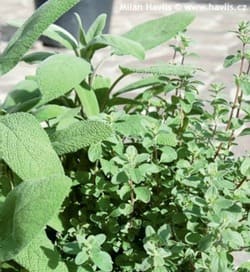
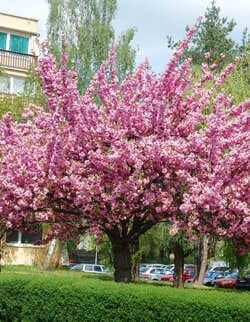
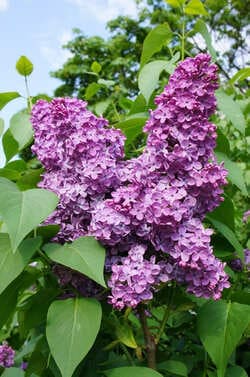
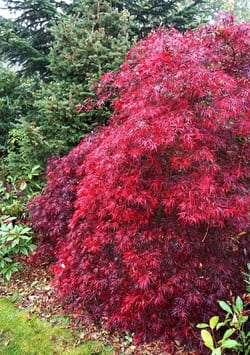
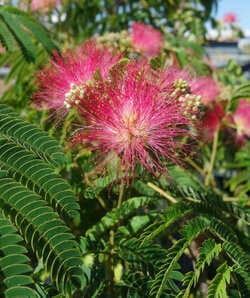
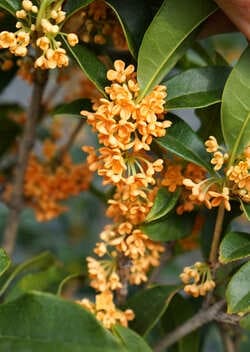



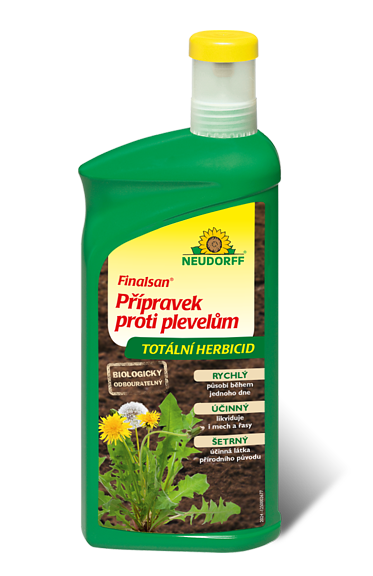


.jpg)
